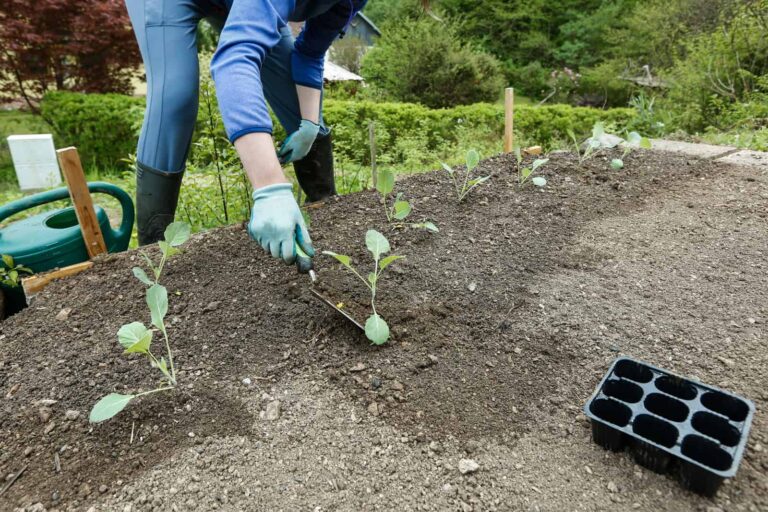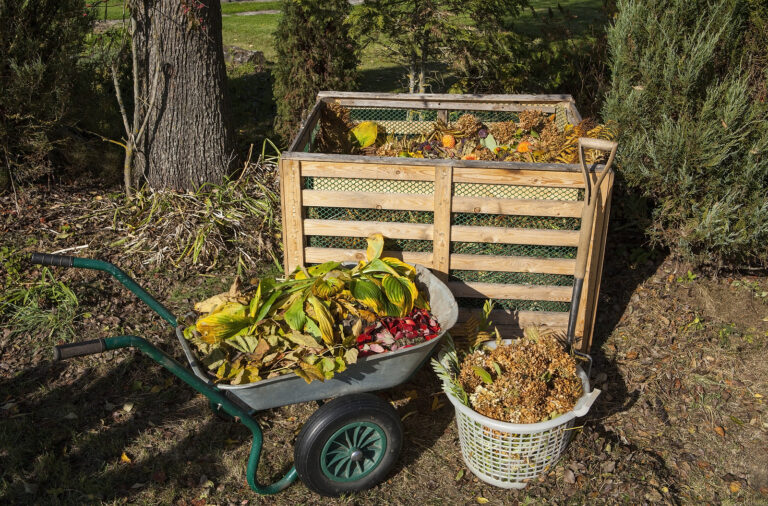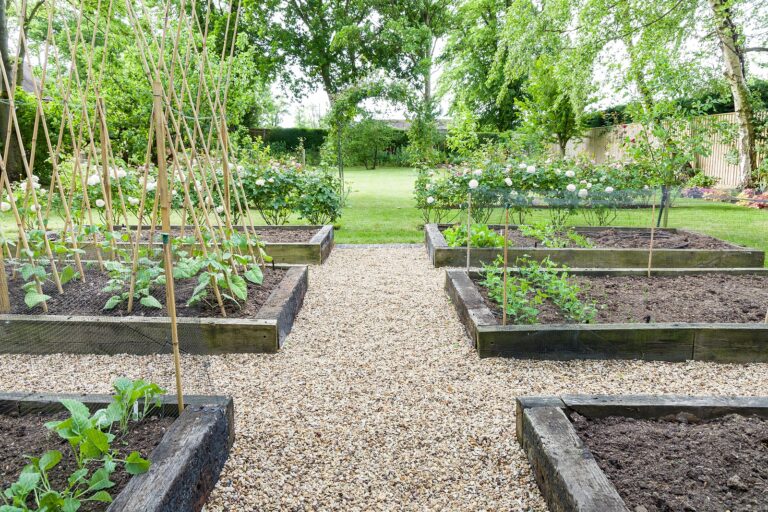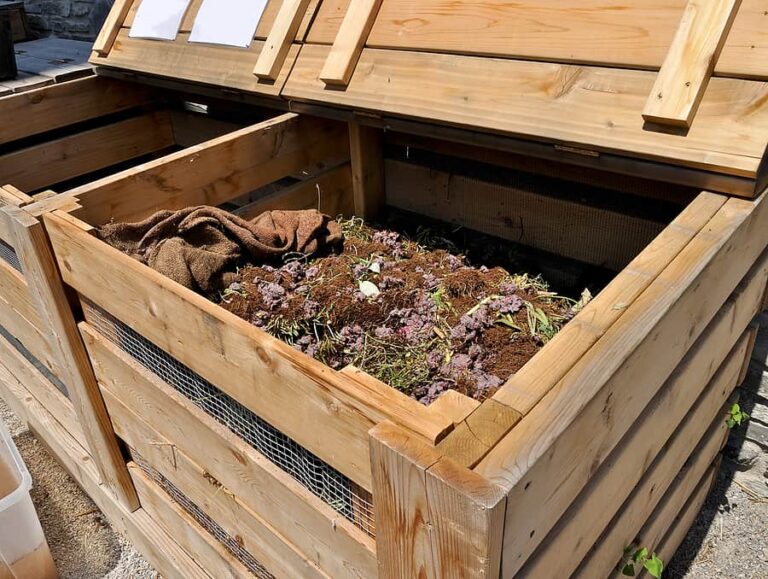How to Keep Soil Covered Year-Round to Build Carbon and Fertility
One of the simplest ways to build fertile, carbon-rich soil is to keep it covered throughout the year. Bare soil loses nutrients, carbon, and moisture, while covered soil retains fertility, supports microbes, and prevents erosion. Over decades of gardening, I’ve found that year-round coverage is a cornerstone of regenerative practices
Why Cover Soil Year-Round
- Retains Carbon and Nutrients: Protects organic matter from decomposition and leaching.
- Reduces Erosion: Prevents soil loss from wind and rain.
- Supports Soil Life: Microbes, worms, and insects thrive under cover.
- Suppresses Weeds: Mulch and living covers outcompete unwanted plants.
- Improves Water Retention: Covered soil stays moist, reducing irrigation needs.
Methods to Keep Soil Covered
- Mulch: Apply organic material like leaves, straw, or grass clippings.
- Cover Crops: Plant legumes, grasses, or flowering crops during off-season.
- Living Mulch: Low-growing ground covers or intercrops between main crops.
- Crop Residue: Leave stems and leaves from harvested crops in the bed.
- Polycultures: Dense planting of complementary crops to shade the soil.
Tips from My Garden
I keep raised beds covered with a mix of compost, straw, and winter cover crops. In vegetable rows, I interplant clover or other low-growing plants between crops. Even small patches of uncovered soil are quickly colonized by weeds or lose moisture, so consistent coverage makes a noticeable difference in fertility and soil structure.
Year-Round Soil Cover
| Method | Benefits | Quick Tips |
| Mulch | Protects soil, adds carbon | Use 2–4 inch layers; replenish as needed |
| Cover Crops | Fix nitrogen, build biomass | Rotate legumes, grasses, and flowering plants |
| Living Mulch | Competes with weeds, feeds soil life | Plant low-growing herbs or ground covers |
| Crop Residue | Adds organic matter | Leave leaves and stems after harvest |
| Polycultures | Shades soil, increases biomass | Interplant complementary crops for full coverage |
Conclusion
Keeping soil covered year-round is a simple, effective way to build carbon, fertility, and resilience in your garden. By combining mulch, cover crops, living mulch, and crop residues, you create thriving soil that supports plants, conserves water, and strengthens your garden ecosystem.
Year-Round Soil Cover Cheat Sheet: Boost Carbon & Fertility
Why Keep Soil Covered
- Retains carbon and nutrients
- Prevents erosion
- Supports soil microbes and worms
- Suppresses weeds naturally
- Improves water retention
Methods to Keep Soil Covered
| Method | Benefits | Quick Tips |
| Mulch | Protects soil, adds carbon | Use 2–4 inch layers of leaves, straw, or grass clippings; replenish regularly |
| Cover Crops | Fixes nitrogen, builds biomass | Rotate legumes, grasses, and flowering plants; plant in off-season |
| Living Mulch | Competes with weeds, feeds soil life | Plant low-growing herbs or ground covers between main crops |
| Crop Residue | Adds organic matter | Leave stems and leaves from harvested crops in the bed |
| Polycultures | Shades soil, increases biomass | Interplant complementary crops for dense coverage |
Tips from the Garden
- Combine multiple methods for maximum effect.
- Keep beds consistently covered to maintain soil life and moisture.
- Observe soil color, crumb structure, and worm activity to gauge health.
- Use winter cover crops to protect soil during off-season.
Regenerative Gardening Learning Hub
🌿 Start here: The Complete Guide to Regenerative Gardening and Farming
1️⃣ Soil Health and Living Systems
- How to Build Living Soil: A Step-by-Step Guide
- Understanding the Soil Food Web: Life Beneath Our Feet
- How to Use Compost and Vermicompost in a Regenerative Garden
- Mulching for Soil Health: How to Protect and Feed the Soil Naturally
- Using Mycorrhizal Fungi to Boost Plant Health and Yield
- Minimal Tillage: Why and How to Disturb the Soil Less
- How to Test, Read, and Rebalance Your Soil Naturally
2️⃣ Biodiversity and Polyculture
- How to Design Polycultures and Companion Plantings for Regenerative Gardens
- Integrating Native Plants into Your Food Garden
- Creating Habitat for Beneficial Insects and Pollinators
- Cover Cropping for Biodiversity and Soil Regeneration
- Crop Rotation for Soil Fertility and Pest Management
3️⃣ Carbon Sequestration and Organic Matter
- Why Capturing Carbon in the Garden Is Important and Fights Climate Change
- Increasing Soil Carbon with Compost, Mulch, and Deep Roots
- Biochar: What It Is and How to Use It in the Garden
- How to Keep Soil Covered Year-Round to Build Carbon and Fertility
4️⃣ Water Stewardship
- How to Use Water Wisely: The Principles of Water-Wise Regenerative Gardening
- Building Swales and Contour Beds to Slow and Sink Rainwater
- Mulch, Groundcovers, and Soil Structure for Water Retention
- Harvesting Rainwater for Regenerative Gardens
5️⃣ Perennial Crops and Permanent Systems
- How to Transition from Annuals to Perennials in the Vegetable Garden
- Perennial Vegetables for Regenerative Systems
- Agroforestry and Food Forest Basics for Gardeners
- Integrating Fruit Trees and Shrubs into the Vegetable Garden
6️⃣ Animal Integration
- Chickens in the Garden: How to Use Them Regeneratively
- Using Worms and Bees as Regenerative Allies
- The Role of Animals in Closing the Nutrient Loop
7️⃣ Human and Community Connection
- The Ethics of Regenerative Gardening: Care for Earth, People, and Future Generations
- How to Build a Community Garden Using Regenerative Principles
- Teaching Regenerative Gardening to Children and Beginners
- Healing the Land and Ourselves: The Psychology of Regenerative Practice
8️⃣ Regenerative Design and Planning
- How to Plan a Regenerative Garden from the Ground Up
- Regenerative Gardening Principles Simplified for the Home Gardener
- Home Garden Permaculture
- How to Create a Home Food Forest
- French Intensive Gardening
- Square Foot Gardening
- Zone and Sector Planning for Small Regenerative Gardens
- Using Observation and Feedback to Improve Your System Each Season
9️⃣ Inputs and Outputs: Closing the Loop
- How to Make and Use Compost Tea and Fermented Plant Extracts
- Zero Waste Gardening: How to Cycle Nutrients and Minimize Inputs
- How to Build a Closed-Loop Garden System
10️⃣ Case Studies and Personal Experience




